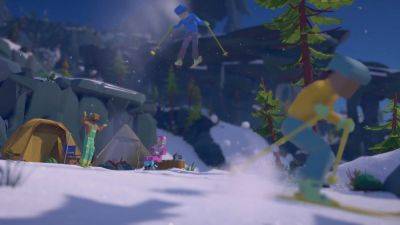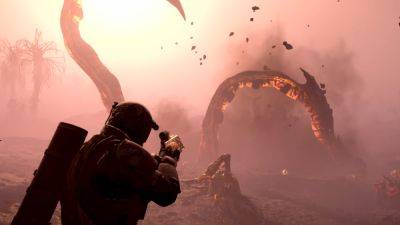Fallout: New Vegas designer slams unrealistic release dates that 'burn out and demoralize the developers' as he shares tips on how to spot when a game needs more time in the oven
Game development is a tricky business, and one consequence of this is that games often take longer to make than anticipated. The nature of the creative process means such delays are not always avoidable, but according to writer and designer Josh Sawyer, known for games like Fallout: New Vegas, Pillars of Eternity, and medieval detective sim Pentiment, there are ways to identify when a game is going to get kicked down the calendar, and therefore set better expectations to avoid unnecessary stress, and overwork.
As reported by GamesRadar, Sawyer shared this «useful skill» on Twitter, starting off by admitting that he «can't tell you when a game is going to be done», but he «can tell you when it *won't* be done with close to 100% accuracy.»
Sawyer followed this up with a thread where he explained his methodology. The most obvious indicator, he says, is when «data shows the trajectory of content completion leads so far past the [release] date that even cutting remaining content will require more work than available time.» He points out that «cutting content does save development time, but there are also costs to cutting». In other words, developers can't just remove whole chunks or features of a game and expect it to immediately work. The holes still need stitching together, which might take less time than pursuing those features to completion, but as Sawyer points out, «it's not 'free'.»
Sawyer then lists several other clues to when a game won't be ready for its prospective shipping date. «Another indicator is that content [maps, missions etc] is being developed while primary gameplay features are still being taken to MVP (minimum viable product). If you don't know how gameplay works, your content can't be designed for it.»
Assuming that the goal of the publisher is *not* to make shovelware, i.e. they are not trying to just get *anything* out the door regardless of quality, there are a few clear indicators that a game is not going to ship at a stated date.







